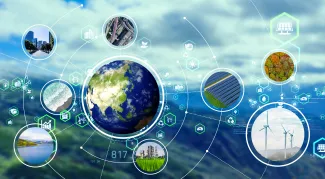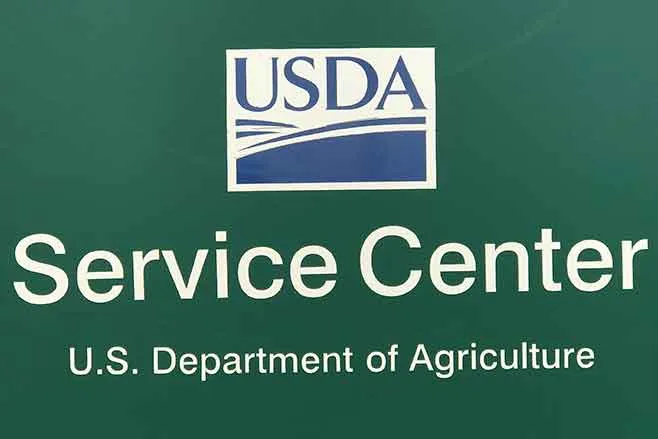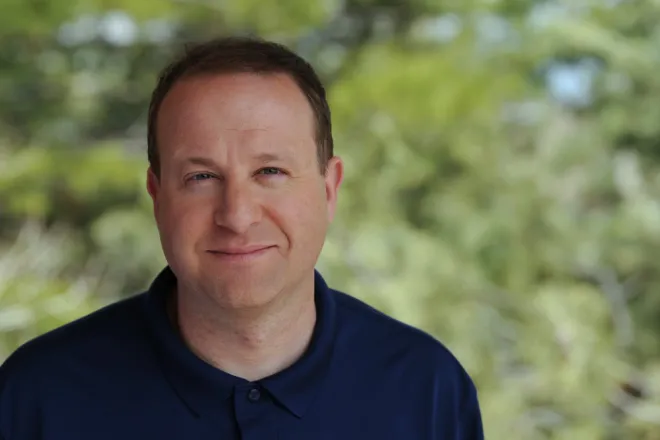
EarthTalk - Can you explain the concepts of carbon offsets?
© iStock
Dear EarthTalk:
Can you explain the concepts of additionality, permanence and leakage with regard to carbon offsets?
Paul. C., Houston, TX
As global temperatures rise, finding methods to decrease carbon emissions and decarbonize has become a focal point among businesses and institutions. Phasing out fossil fuels in favor of renewable energy has been a significant shift toward achieving carbon emission reduction.
However, given the limits of our current technology and resources, there are still emissions that are ‘inevitable’ or ‘un-abatable.’ This is where carbon offsets come into play whereby companies and other organizations can enter a ‘voluntary carbon market’ and buy credits for their excesses that theoretically enable the removal of carbon emissions through investments in environmental projects.

For the carbon emission reductions achieved by an offset project to be genuine, they must exceed, or be additional, to the amount of carbon that would have been removed if the carbon offset credit market did not exist. For instance, an emissions reduction project that a company undertakes to adhere to a government-imposed carbon cap would not be deemed additional because the reduction would have happened irrespective of whether or not the company was able to purchase carbon offset credits. A quality offset credit represents one that permanently removes at least one metric ton of additional carbon emission that has not been previously claimed and does not derive its removal through activities that cause significant social or environmental harm to local communities or biodiversity.
Without this additionality, credits could be awarded for activities that would have occurred regardless, resulting in emissions rising without any actual reduction elsewhere. Beyond additionality, addressing the issues of permanence and leakage control is also vital, or there is a risk that the carbon stored or reduced by offset projects could be released back into the atmosphere, leading to the re-emission of greenhouse gasses and undermining the environmental benefits achieved. Permanence is therefore key to maintaining trust and legitimacy among stakeholders who rely on carbon offsets to achieve their sustainability goals.
Leakage control pertains to the potential unintended consequences of offset projects. One example of carbon offset leakage with land use involves a reforestation project aimed at sequestering carbon dioxide by planting trees in a specific area. While the project may successfully reduce emissions within its designated boundaries, it could inadvertently lead to deforestation or land conversion in neighboring regions. This indirect land-use change can result in emissions leakage, as the carbon stored in the newly planted trees may be offset by the carbon released from deforested or converted areas outside the project boundaries.
In the future, implementing more rigorous standards and comprehensive monitoring may be essential to avoid carbon offsets being exploited as a way for organizations to portray themselves as environmentally responsible without implementing more direct measures to reduce their carbon emissions. However, for the time being, additionality, in combination with permanence and leakage control, are the keys to maintaining an effective voluntary carbon market.
CONTACTS
- What does “additionality” mean and why is it important? https://goldstandardhelp.freshdesk.com/support/solutions/articles/44001989691-what-does-additionality-mean-and-why-is-it-important-
- The Concept Of Additionality In The Voluntary Carbon Market, Explained, https://www.forbes.com/sites/forbesnonprofitcouncil/2021/10/01/the-concept-of-additionality-in-the-voluntary-carbon-market-explained/?sh=388101c178ec
- The CFTC Should Raise Standards and Mitigate Fraud in the Carbon Offsets Market, https://www.americanprogress.org/article/the-cftc-should-raise-standards-and-mitigate-fraud-in-the-carbon-offsets-market/.
EarthTalk® is produced by Roddy Scheer & Doug Moss for the 501(c)3 nonprofit EarthTalk. See more athttps://emagazine.com. To donate, visit https://earthtalk.org. Send questions to: question@earthtalk.org.

















